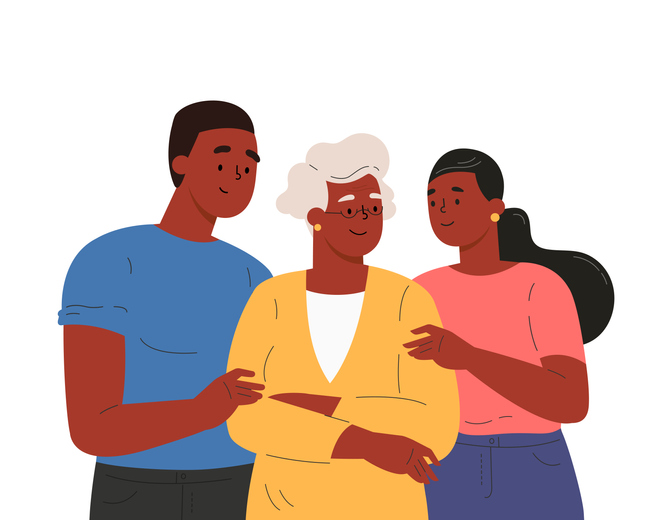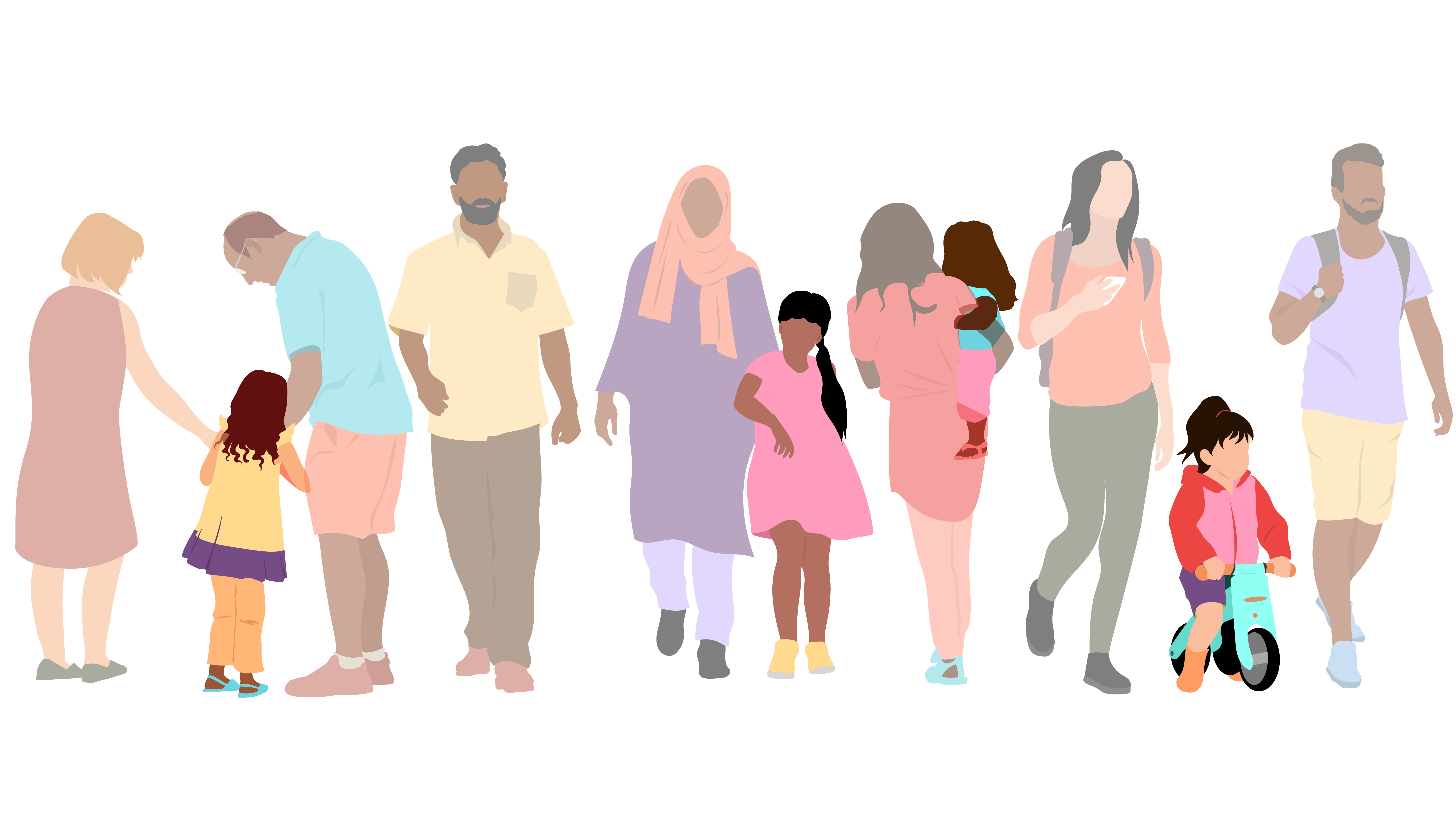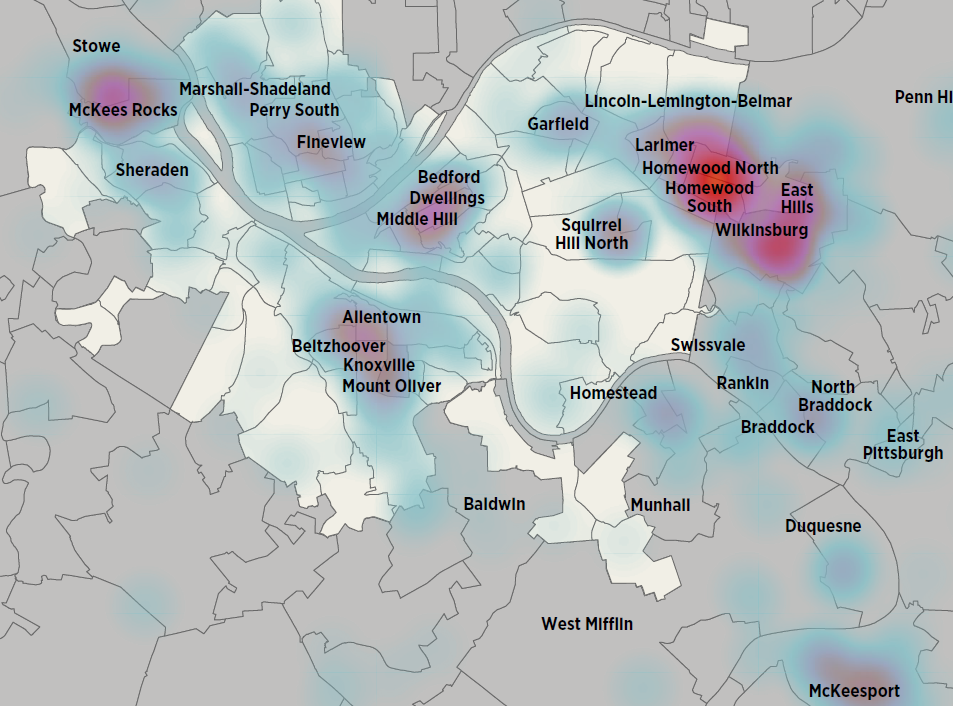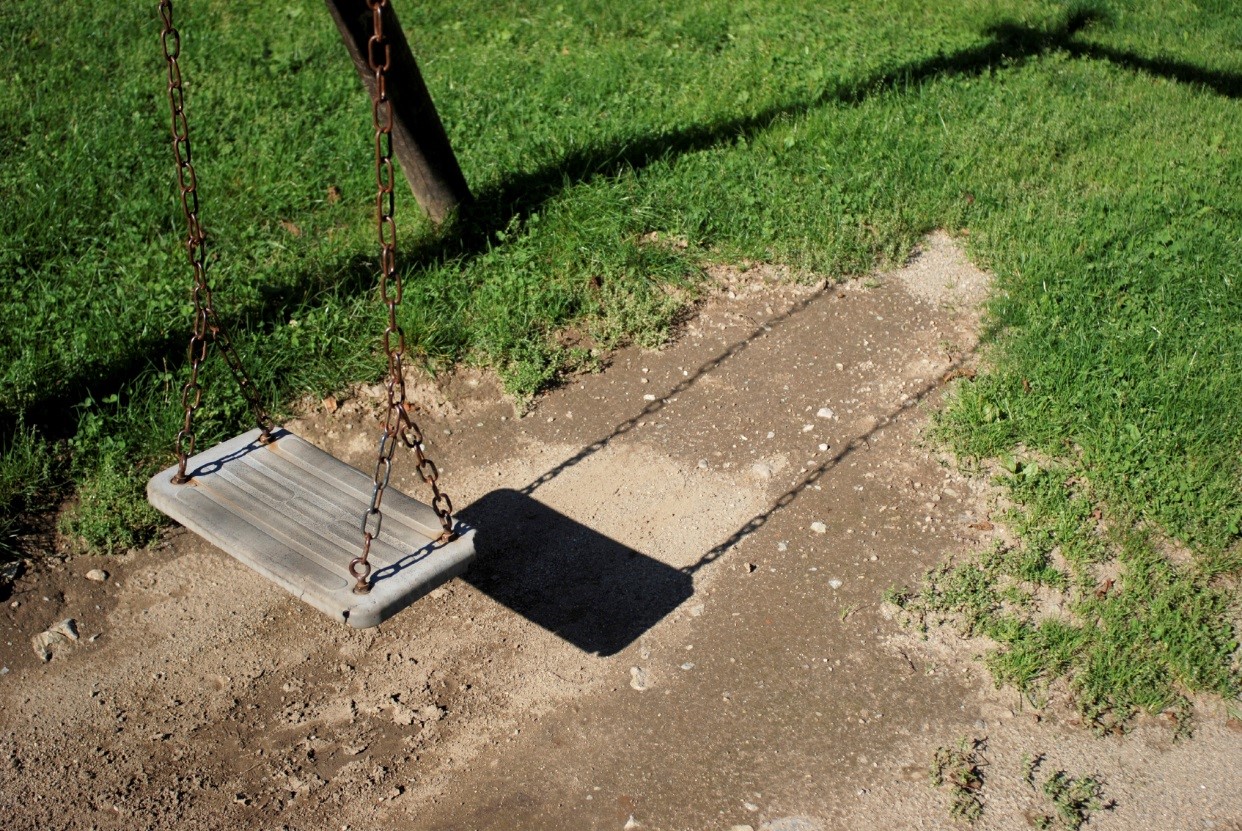The Allegheny County Department of Human Services’ (DHS) street outreach team works with people who are experiencing unsheltered homelessness, offering them immediate in-person support and help with basic needs, while also connecting them to emergency shelter, housing and critical services. Street outreach staff from DHS and partner organizations maintain a shared list of unsheltered individuals in Allegheny County with whom they are in contact, allowing staff to coordinate efforts and engage in basic case conferencing. This list represents those individuals who are working with a street outreach team and is not the entirety of people experiencing unsheltered homelessness in the County.
What is this report about?
This data brief focuses on a point-in-time cohort—156 individuals—who were on the street outreach list on a single day in October 2022. The brief characterizes that cohort in terms of demographics, veteran status, public benefit receipt, employment, and recent service and criminal justice involvement to inform programs and policies to better support these individuals.
What are the takeaways?
- The most common age groups among these individuals were 25 through 34 (31%) and 35 through 44 (30%), followed by those 45 through 54 (22%). There were no children (under age 18) in this cohort (See Figure 2).
- Sixty-five percent of this cohort were male and the majority (59%) were non-Hispanic White individuals, though People Of Color were overrepresented (See Figure 1, Table 1).
- Among those with a recorded location (N=118), 48% (N=57) were staying in unsheltered locations in the North Side in October 2022. An additional 18% (N=21) were staying Downtown (central business district) and 18% (N=21) in South Side Flats (Figure 3).
- In the most recent quarter for which we have employment data (April–June of 2022), fewer than 17% (N=25) of these individuals had any formal employment (defined as being in an Unemployment Insurance (UI)-covered job). Among this population, the most recent median quarterly earnings were just under $2,000 (See Figure 4, Figure 5).
- Among those enrolled in Medicaid (N=129), 70% visited the emergency department in the last year (See Table 4).
- Among those enrolled in Medicaid (N=129), almost half (43%) had accessed drug and alcohol services in the last year. Opioid use disorder and alcohol use disorder were the most common substance use diagnoses among those with a behavioral health claim in the last year (N=86) (See Table 4, Table 5).
- Among those with a behavioral health claim in the last year (N=86), the most common mental health diagnoses were depressive disorder (N=20), adjustment disorder (N=16) and schizophrenia (N=16) (See Table 6).
- In the last year, 62% (N=96) of the cohort had criminal justice system involvement. Thirty-eight percent (N=59) had a new criminal filing and 21% (N=32) were on community supervision with Allegheny County Adult Probation. Thirty-five percent of the cohort (N=55) were booked in the Allegheny County jail at some point during the last year (See Table 7).
- Of the 38% (N=59) with a new criminal filing, the majority (56%, 33) only had low-level (misdemeanor) charges. Sixty-one percent (36) only had one criminal filing and the most common types of crime were property crimes (39%, 23) and drug crimes (34%, 20) (See Table 8).
How is this report being used?
The County is committed to better understanding the needs of its unsheltered population and identifying supports to help them transition to permanent stable housing. It is also committed to identifying programs and supports to help prevent people from experiencing unsheltered homelessness. This brief represents analysis to help support this planning process.










